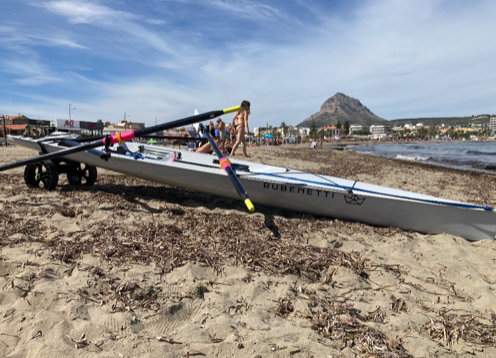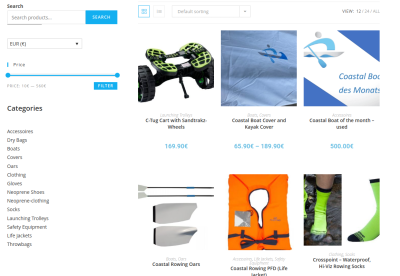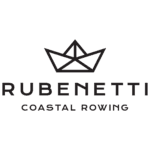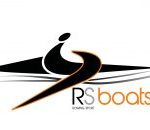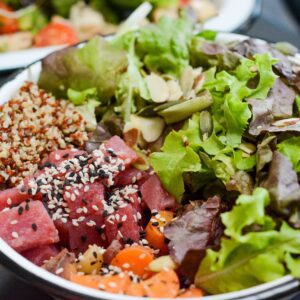Imagine you’re going to the coast for a weekend of rowing. How long does it take you to get from parking the car to your first stroke in the Coastal Boat? Here is our experience with the “set up time” from the car seat to the sliding seat in Coastal Rowing.
We tried it out, and it took between 4 and 15 minutes – Same parking lot, same beach, and the trail distance was the same. The only difference: the boat and the equipment. Our equipment: boat, outrigger, C-Tug trolley, 2 sculls, bow line, life jacket. This equipment was the same for all boats. Each piece of equipment was unpacked from the trunk and then mounted on the boat. We measured the time from getting out of the driver’s seat (BMW X3) to the first rowing stroke. Since not every Coastal Rower is also a regatta rower, and also many recreational athletes want the “Coastal Feeling”, we tested different types of boats.
The procedure:
- One person
- Put the boat from the roof onto the C-Tug.
- Attach C- Tug to the stern
- Mount outrigger
- Put sculls in the boat
- Put vest in the net
14 minutes from the car seat into the Coastal Boat – FISA requirements, fast outrigger, 36 kg.
Our boat was a Swift Racing boat. Unfortunately heavier than the FISA minimum weight (we’ve written about Swift Racing’s weight issues before), but we thought only a kilo more was not so bad… We were not able to get the boat off the roof by ourselves. We tried to find the exact carrying point. It was too windy. If we had tried it alone, we probably would not have been able to balance the centre of gravity of the boat and possibly even damaged our car. Quickly, (outside) help was at hand, and the boat was on the trolley. Helpful are the carrying straps on the Swift. The QR outrigger was quick to install. It was a little too loose for my liking. In our case, probably just wear and tear on the plastic fastener. I put the sculls in the rowlock and closed them slightly – Easy. Thanks to the trolley, the boat was easy to pull. The next hurdle: I had to bypass the stairs to the beach and use a small passage, which had a 90-degree corner. This meant some “manoeuvring” for my 6m boat to avoid hitting the walls. Another hurdle was the light swell. The boat had to enter the water without the fin breaking off and the oars falling out of the boat. Bow or stern first into the water? I stayed with the bow but had to run 3 meters further out.
Now it got tricky: I was standing at the bow, about 6 m from the trolley and 12-15 m away from the beach. How do I detach the trolley from the boat without the boat and the waves causing me “trouble”? I sprinted through the water, tried to keep the boat sideways and finally loosened the loops of the trolley. That was easy. Now put/throw the trolley on the beach and back to the boat. That didn’t work. The boat was pushed further and further into the vertical by the waves. Eventually, I was able to get the boat into position and reposition the sculls. Boarding, as usual, sculls in hand and …. Measuring the time. Not too bad, to be honest.

12 minutes from the car seat into the Coastal Boat – FISA requirements, fixed rigger, 30 kg.
This boat was my new RS X19. 6 m long as well, but much lighter than the Swift. 6 kg lesser does not sound much, but believe me, it can make a difference. When I tried to lift the boat from the roof by myself, it was much easier. I noticed in my arms … this could be done … although if we’re being honest: you should only do this if the environment is predictable and wide enough. Otherwise, lifting a six-metre-long boat off the roof of a car alone can be dangerous. Even your strength allows it. The chances of the wind catching the boat or the boat “ditching” on the car are big. We will soon show you some videos on how to do it well on your own. But it worked. I didn’t need anyone to instruct and explain how to do it, which saved me some time. I lost 2 minutes in the time from the car seat to the roll seat by installing the outrigger. It wasn’t so much the countersinking of the Allen screws as the exact positioning that was the issue. The rest was similar to all 6m FISA boats. Prepare boat and sculls, passage along, water the boat, supply trolley and off we go… Advantage of this boat: The fin system. This fin has the well-known and easy-to-change “US-BOX” system. Available everywhere. Cheaper and easier than the Chinese Swift system. But the fin can probably break as well.
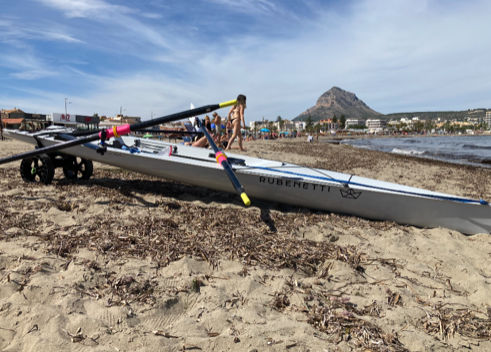
5 minutes from the car seat into the Coastal Boat –Hybrid, 22 kg, Fast Outrigger
Just over 4 minutes from the car seat to the sliding seat. Still unbelievable, in a way. 4.30m and 22 kg are easy to get off the roof. Susceptible to the wind? Minimal, if one pays attention, of course. But it really makes a difference in how you carry it. Overhead worked great. And also putting the tail down in the trolley – flawless. And the passage? What passage? The hybrid boat was easy to steer around the small turn. I had to readjust only once. No fin touchdown and no wall contact. And the advantage in the water is even bigger. The boat is much easier to handle through the waves due to its length. Our leverage with just under 4.50 and weight under 30kg is to our advantage. The boat is more quickly aligned. I ran faster from bow to stern. It’s seconds: But anyone who knows what waves can do to boats also knows that sometimes every second can be crucial.
My conclusion: From the car seat into the Coastal Boat
Not every Coastal Rower is a regatta rower. But many recreational rowers also want the “Coastal Feeling”. And you don’t necessarily have to buy a boat according to FISA / World Rowing specifications. In summary, I have to say: the shorter and lesser weight the boat has, the easier it is for the rower to get a boat off the roof, unload it and put it on the trolley. In the water itself, shorter boats are much easier to get into position. It is basically stress-free. It doesn’t matter if it’s the Rubenetti Javea or the RS X16 X-light. These boats are suitable for coasts and lakes and are not only a pleasure to unload.
One more note: the trolley can, of course, also be tied up in the stern of the boat and then taken along on the trip. I prefer to do it without the trolley. I love the view of the stern and look for the wave on which I can surf.

